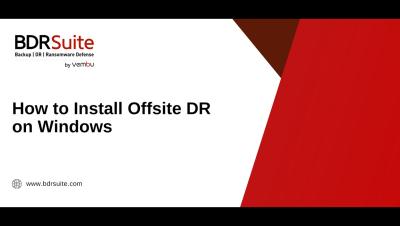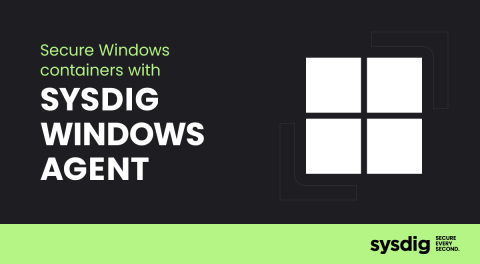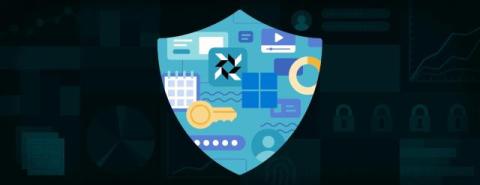How to Install BDRSuite Offsite DR Server on Windows
Welcome to the BDRSuite How-To Series! In this video, we'll guide you through the process of installing the BDRSuite Offsite DR Server on a Windows machine. Whether you're setting up for the first time or reinstalling, this tutorial covers everything you need to get BDRSuite Offsite DR Server up and running smoothly on your Windows system.








